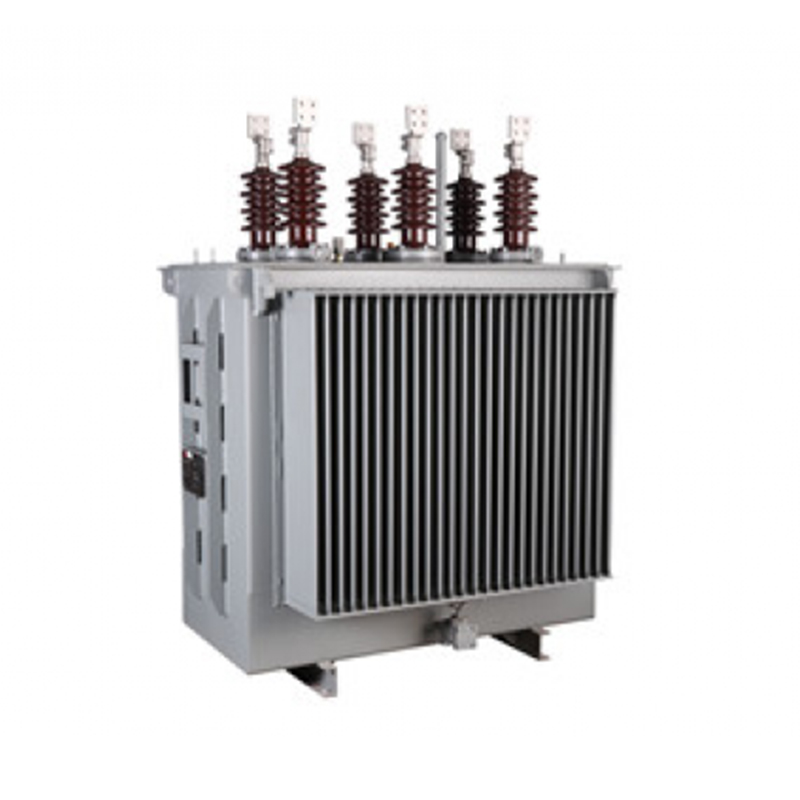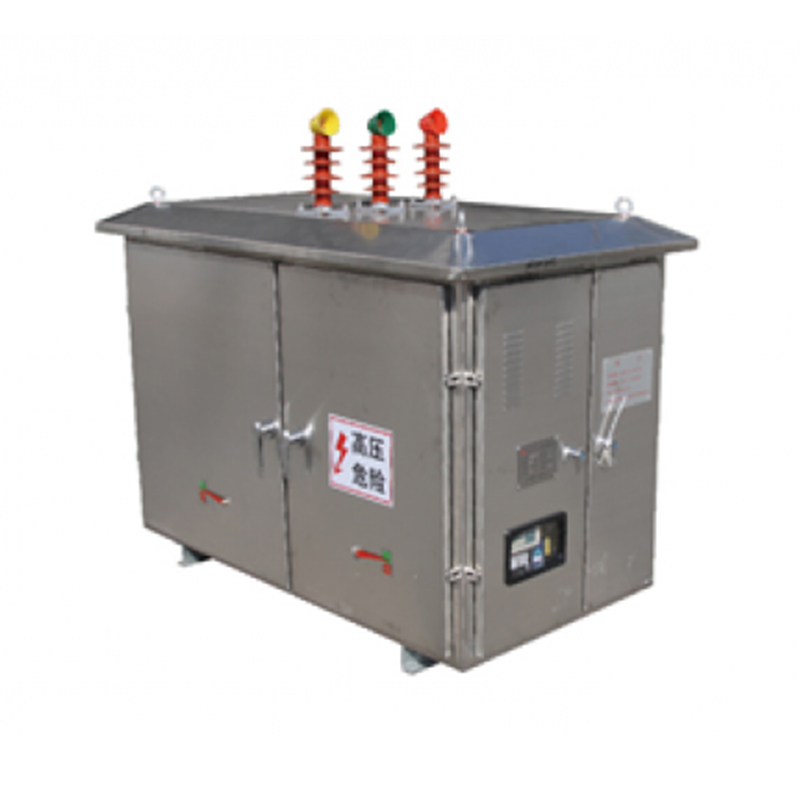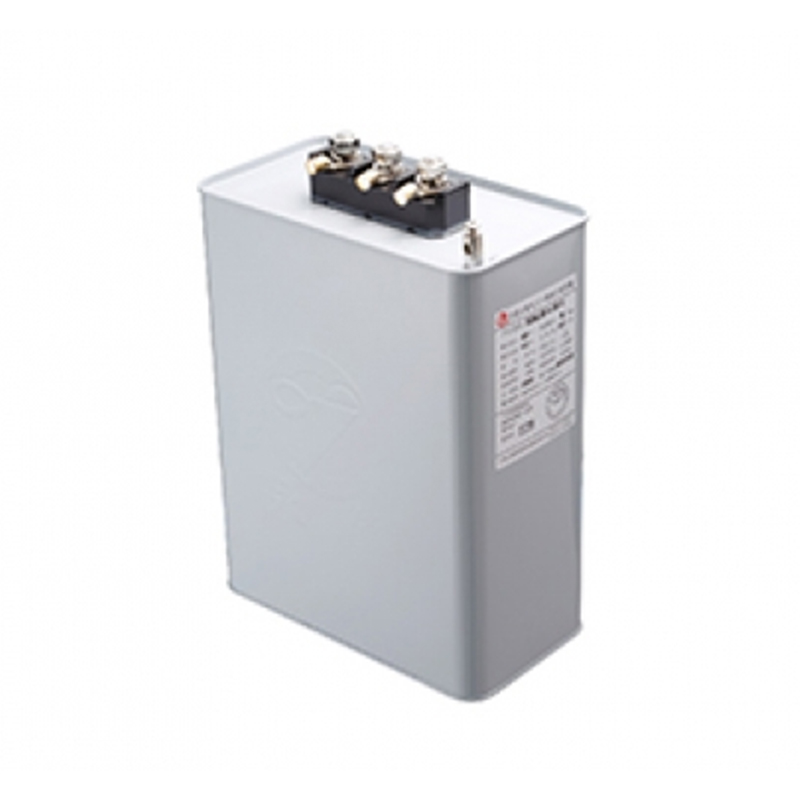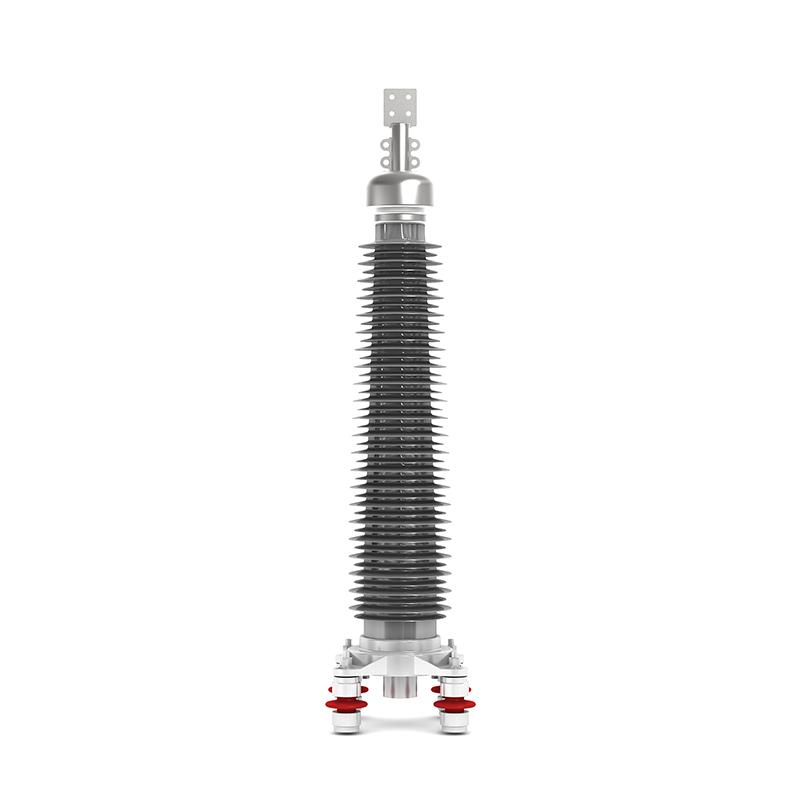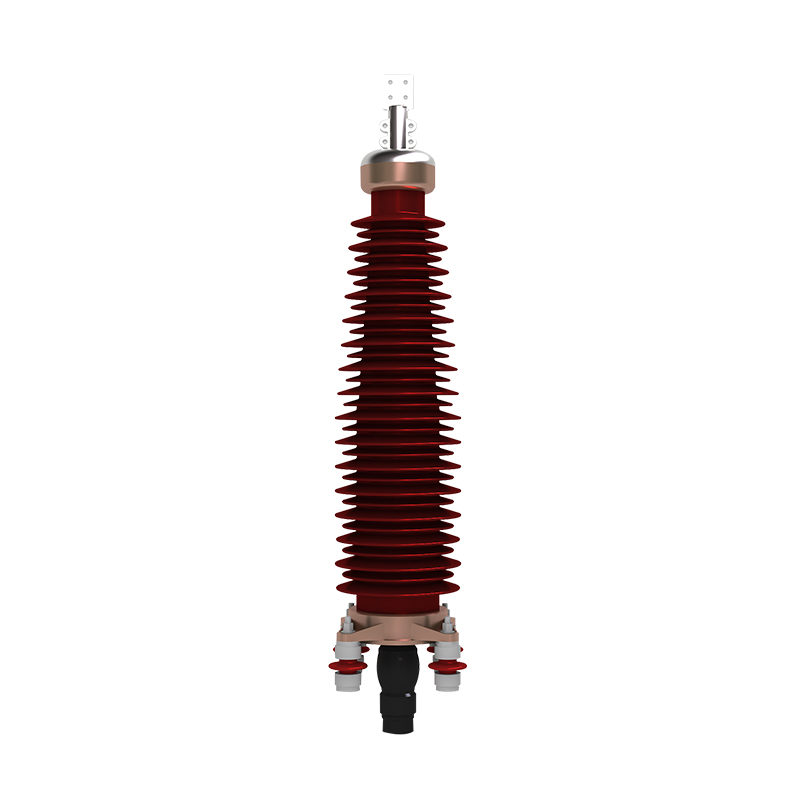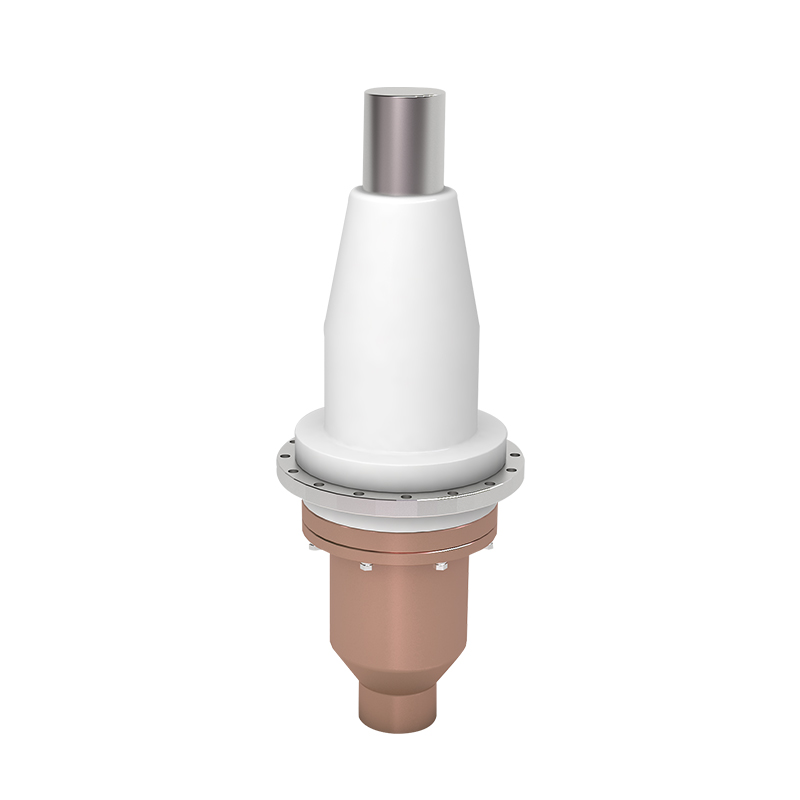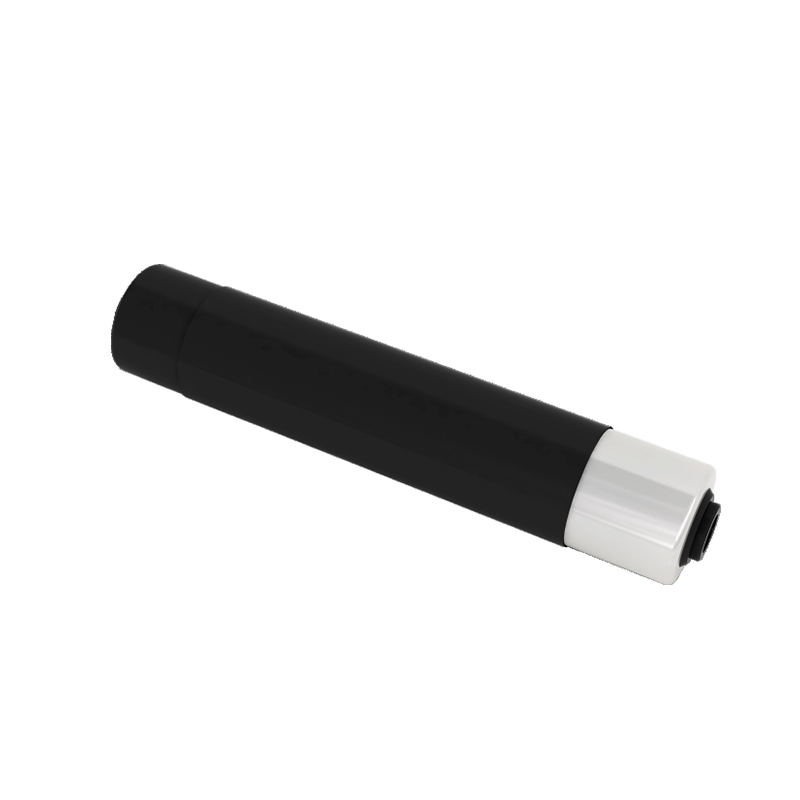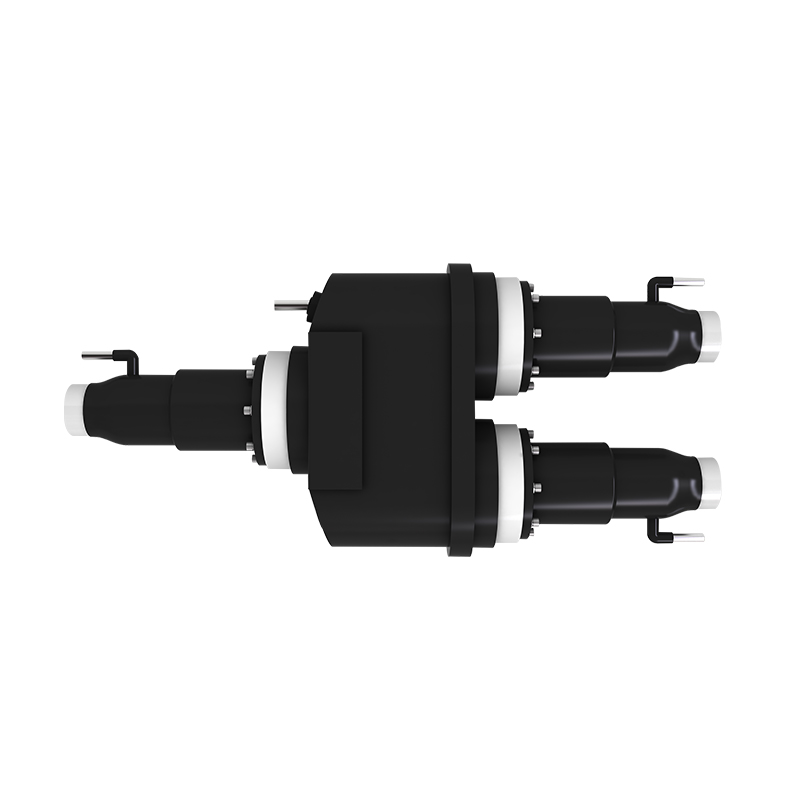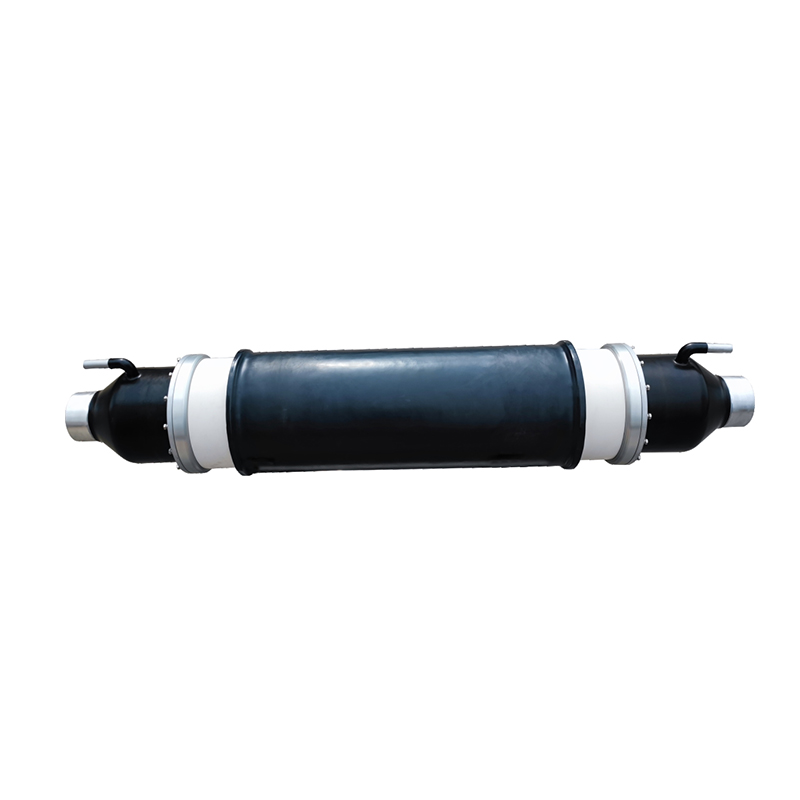Performance of High Voltage Capacitor Unit Under Overcurrent Conditions
High Voltage Capacitor Units are critical components in power systems, industrial machinery, and electronic circuits. They are designed to store and release electrical energy efficiently, providing voltage stabilization, filtering, and energy buffering. However, overcurrent and overload conditions present significant challenges to their operation. Understanding how a High Voltage Capacitor Unit responds under such conditions is essential for designing reliable systems, ensuring safety, and maintaining long-term performance.
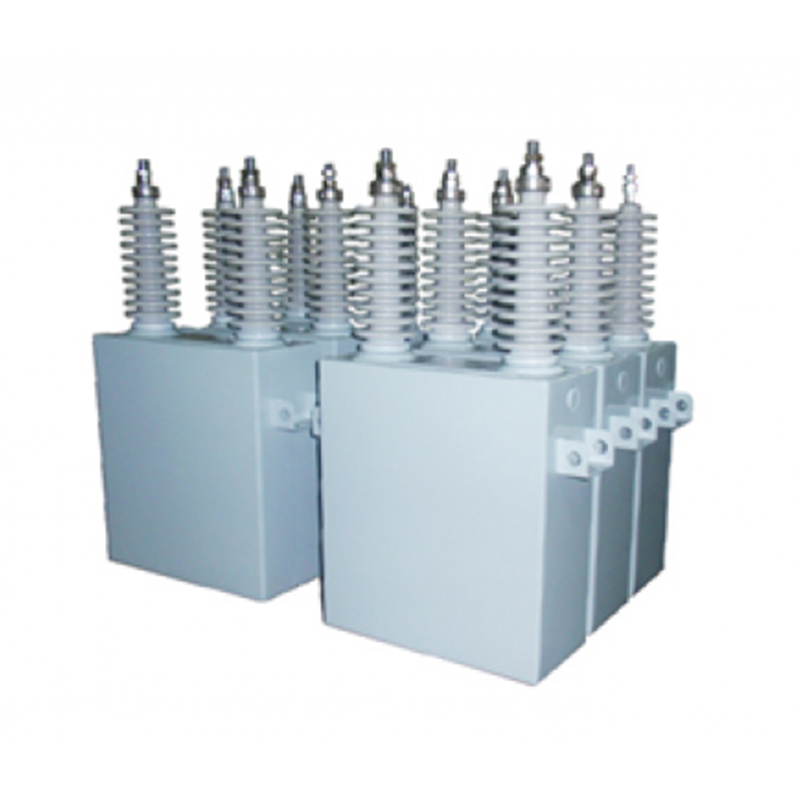
Electrical Response to Overcurrent
When subjected to overcurrent, a High Voltage Capacitor Unit experiences excessive electrical stress on its dielectric material. The current flowing through the capacitor may exceed its rated limit, causing an immediate increase in internal energy dissipation in the form of heat. This stress can cause temporary voltage drops in the circuit or cause minor dielectric discharges within the capacitor. Modern capacitor units are designed with robust internal structures to limit damage, but prolonged exposure to overcurrent can result in gradual deterioration of insulation properties and changes in capacitance.
Thermal Effects and Heat Management
Overload or overcurrent conditions generate additional heat within the capacitor, which can accelerate aging of the dielectric and other internal components. Heat accumulation may cause softening, expansion, or even partial breakdown of the insulation, compromising the unit's performance. High Voltage Capacitor Units typically employ heat-resistant materials and optimized internal layouts to manage thermal stress. Effective heat dissipation ensures that the capacitor can tolerate temporary overcurrent without permanent damage. Prolonged or repeated overload, however, can exceed the thermal management capacity, shortening the operational life of the unit.
Protective Mechanisms
Many Voltage Capacitor Units are equipped with protective features to prevent catastrophic failure during overcurrent or overload. These may include current-limiting elements, fuses, or built-in pressure relief devices that activate when internal stress exceeds safe limits. Protective designs ensure that excessive energy is safely dissipated or released, preventing rupture or ignition. The integration of external monitoring and circuit protection, such as relays and breakers, further enhances the unit's ability to withstand transient or sustained overload conditions.
Material Behavior and Longevity
The dielectric material in a High Voltage Capacitor Unit is critical to its performance under stress. Overcurrent induces electric field stress, which can cause partial discharges or micro-cracking over time. Some capacitors use self-healing metallized films or advanced dielectric technologies to recover from minor internal faults, thereby maintaining operational integrity. Continuous monitoring and regular maintenance help identify early signs of degradation, allowing corrective action before permanent damage occurs. Proper installation and adherence to rated specifications are essential to prolonging capacitor lifespan under high-stress conditions.
System Design and Operational Considerations
Engineers must account for potential overcurrent or overload scenarios when selecting and specifying High Voltage Capacitor Units. Incorporating adequate safety margins and protective devices ensures that transient events do not compromise performance. Correct positioning within circuits, stable mounting, and environmental control also play significant roles in maintaining reliable operation. Maintenance protocols, including periodic electrical testing and thermal inspection, provide additional safeguards against unexpected failures.
High Voltage Capacitor Units respond to overcurrent and overload through a combination of electrical, thermal, and protective mechanisms. Proper design, robust materials, and protective features allow these units to tolerate occasional stress without catastrophic failure. Monitoring, maintenance, and adherence to operational guidelines ensure continued reliability and safety. Understanding the behavior of High Voltage Capacitor Units under such conditions is essential for system designers and operators aiming to maintain efficiency, prevent failures, and extend the service life of critical power components.
Recommended Products
The variety of models, to meet the development needs of various regions in the world.
-
Add: No. 508, Dongye Road, Dongjing Town, Songjiang District, Shanghai
-
Tel: +86-13757652508
-
E-mail: [email protected]
 English
English 中文简体
中文简体 русский
русский Español
Español عربى
عربى